I didn’t expect to enjoy Horizon Forbidden West, not during the first hour or so at least. Where Zero Dawn introduces us to a sympathetic heroine who’s alone in the world and unravels a shocking secret, Forbidden West is, initially, the tropiest of sequels.
The Aloy from Zero Dawn is seemingly gone, replaced by a capable hero with an overriding need to find a MacGuffin and an inclination for excessive banter with her traveling companion. The tutorial area is gorgeous but claustrophobic, and the inelegant, noisy section wore at my nerves to the point where I wondered why I was even playing anymore.
There were signs of Forbidden West’s better nature scattered around, though – consoles with glimpses of other important people and organizations involved in the fall, a new exploration tool, and a lead-up to a massive, exhilarating battle.
My feelings warmed toward Forbidden West by the time I scaled a shuttle tower and dropped a rocket ship on a group of robotic snakes – the fate all snakes, machine or otherwise, rightly deserve – and when I faced off against the lone acid-spitting survivor from the brood, I realized I was hooked.
Horizon Forbidden West plays it safe, perhaps a bit too safe for such a huge sequel, but it’s so well designed and fun to play that I don’t mind – much.
Note: Some story spoilers follow.
Horizon Forbidden West: Staying Safe in the Wilds
Things quiet down after the lengthy prologue, which is where Forbidden West’s character finally starts to show. Aloy returns to a familiar location to recoup and figure out where to go next, though things quickly take a turn for the worse.
Much to the surprise of no one, someone had less than pure intentions in mind when they did [redacted] at the end of Zero Dawn. Aloy’s quest to restore the earth, freeing it from the grip of the red blight consuming all life, now becomes a mission to find [redacted] again and stop them from potentially repeating ancient mistakes – or worse.
The story develops in surprising ways, and the new tribes and locations are exciting additions to a world that felt a bit too planned and predictable the first time around.
Stopping them means a trip out to the Forbidden West, but not before stopping to chat with some old friends, if you want. This social element is a significant improvement over Zero Dawn, where it seems like NPCs only exist to explain how the world worked. Now, they feel like real people with a genuine interest in Aloy, and it’s almost always worth seeing what they had to say.
Only if you enjoy worldbuilding, though. The only disappointment in this regard is how Guerrilla stops just short of turning relationships into a system. Horizon feels like it wants to lean more heavily into its RPG elements, but the choices you make have little effect on the regions you explore or even how Aloy’s friendships develop.
Stepping into the Daunt after bidding the people of Meridian farewell was a thought-provoking experience, in large part because of Forbidden West’s design.
It’s no surprise to learn that Forbidden West follows a fairly conventional open-world format, with vast but sometimes contained areas stuffed with icons, vista points, quests, and other mandatory “Things” laid out in the big book of open-world game design. What’s different is most of it is actually interesting and worth experiencing.
Vista Points are fun little visual riddles that give you a glimpse at how the world changed since the fall. Ruins are full of platforming challenges and puzzles, – including crate-sliding puzzles, much to my dismay – with valuable crafting materials and XP waiting for you at the end.
Side quests in Forbidden West are just excellent, though: well-developed vignettes wrapped around environmental challenges and unique enemy encounters that do more than almost anything else to help make Aloy’s world feel alive.
Not that the world itself is dull. The Forbidden West and its surrounding locales are absolutely beautiful, and there’s some happy symmetry in meandering off to follow a river – the game’s water is stunningly beautiful – and stumbling on a new puzzle or the stomping grounds of some machines whose parts you need. It may be static, but it’s always rewarding and there’s a kind of comfort in just wandering around such a gorgeous setting anyway.
Vertical exploration is just as rewarding but in a different way. Forbidden West has some heart-in-your-throat platforming segments where you’re racing across shaky beams or bridges that you know will collapse, and even though you know you’ll (probably) make it across, there’s always that sense that you could just as easily plummet to your doom.
The Pullcaster is a truly fantastic piece of equipment that makes climbing and platforming even better, letting you reach far-away handholds or launch yourself higher if you need an extra boost.
Aloy is among the greats in terms of agile, mobile video game protagonists, which makes some of the stodgier design choices here even more baffling. She can, somehow, drop down from an old skyscraper at a speed that would make Spider-Man blush and not suffer whiplash after stopping herself with the pullcaster. If you try and grab onto a ledge that’s two inches above her head? Forget it, not unless there’s a yellow hand-hold telling you the area is climbable.
It’s an odd limitation that encapsulates the broader situation Forbidden West finds itself in. Compared to Zero Dawn, there were fewer instances where I thought, “This could be better in a sequel.” But the ones I did come across still stood out. Combat is one of them, namely Aloy’s skill trees.
There are dozens of new skills in Forbidden West and new weapon techniques to ideally add new ways to take down machines, but I didn’t need any of them aside from the passive buffs. Combat is largely unchanged from Zero Dawn: shoot weak points, set traps, beat with sticks until motionless, repeat.
You do get some exceptionally fun new toys to throw around, including explosive javelins and, my favorite, elemental blastsling bombs. Outside some of the more impressive encounters with what amount to dinosaurs and elephants, a lot of the skills just don’t seem that necessary. Modded spears and the right kind of bow and arrows are still how you win most encounters. And that’s fine, for the most part. But I’d like to have seen a bigger evolution of Aloy’s abilities instead of just bigger machines and more skills.
Horizon Forbidden West Review: The Bottom Line
Pros
- Excellent continuation of Aloy’s story.
- Absolutely gorgeous world.
- Fun, exciting, and challenging open world.
- Exhilarating platforming.
- Still solid combat.
Cons
- It’s still the same combat.
- Disappointingly safe design.
- Potential for interesting and more systems, but Guerrilla never explores beyond the surface.
I hoped Horizon Forbidden West would shatter expectations and take the series to the boldest new heights. I thoroughly enjoyed my time with the sequel, but it’s also impossible to ignore there’s so much material to warrant doing far more than just making prettier, bigger worlds with more breathtaking setpieces. Forbidden West is a very good game. It could just be even better.
[Note: The writer was provided the copy of Horizon Forbidden West used for this review.]

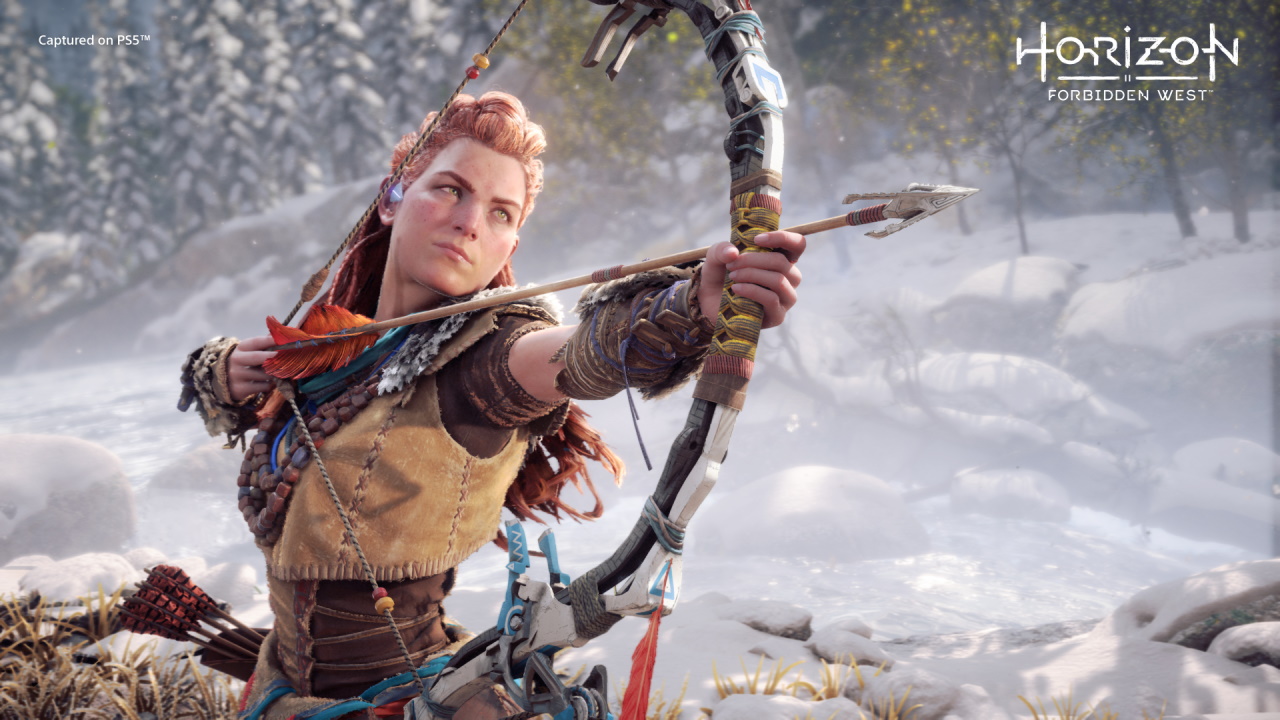
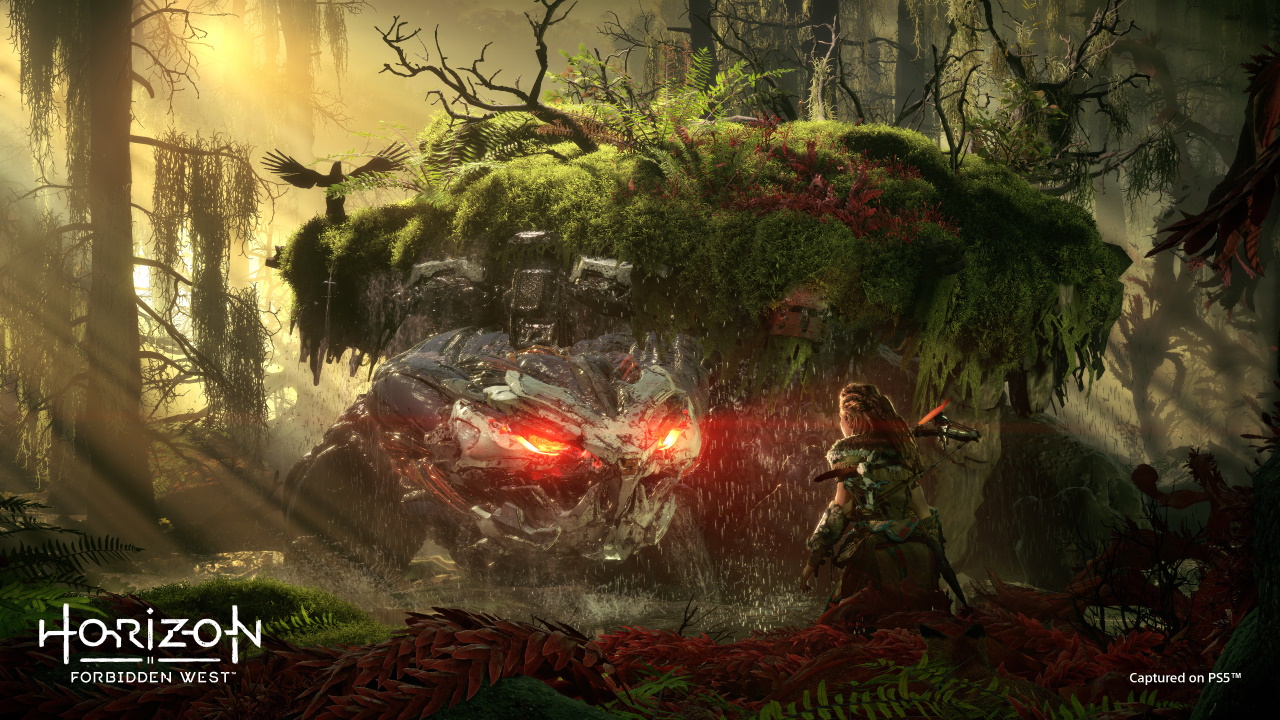
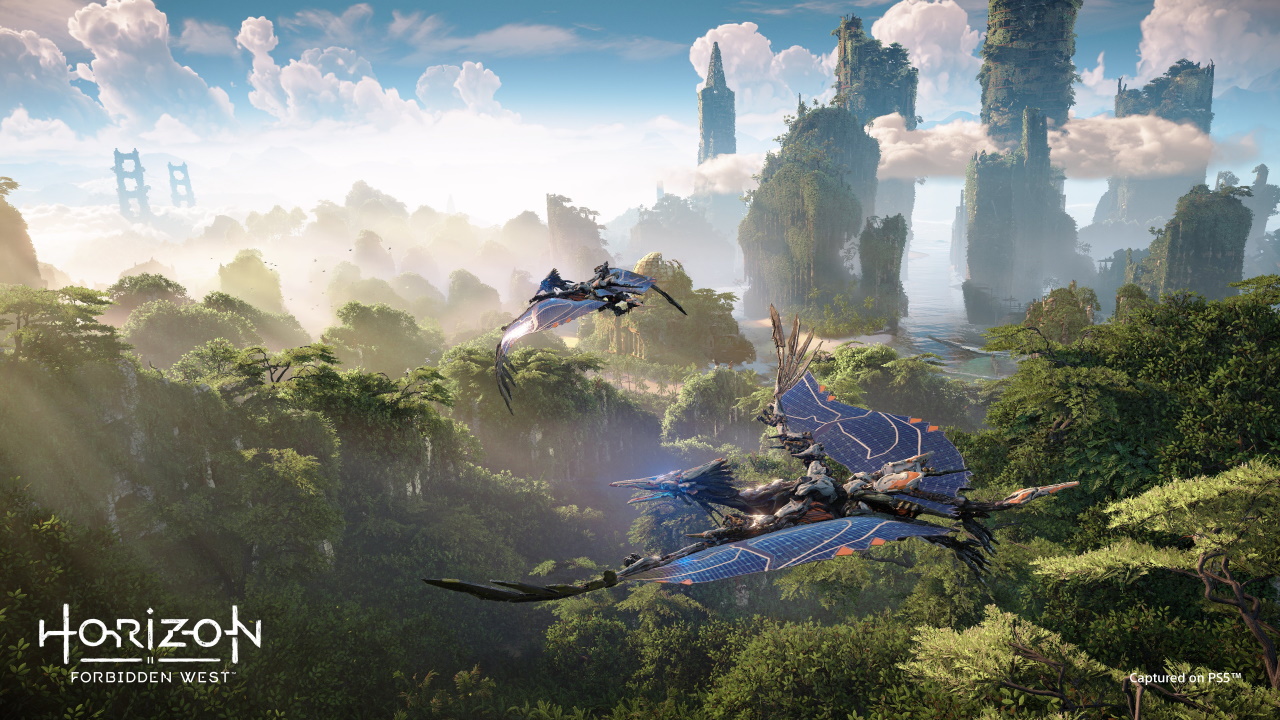
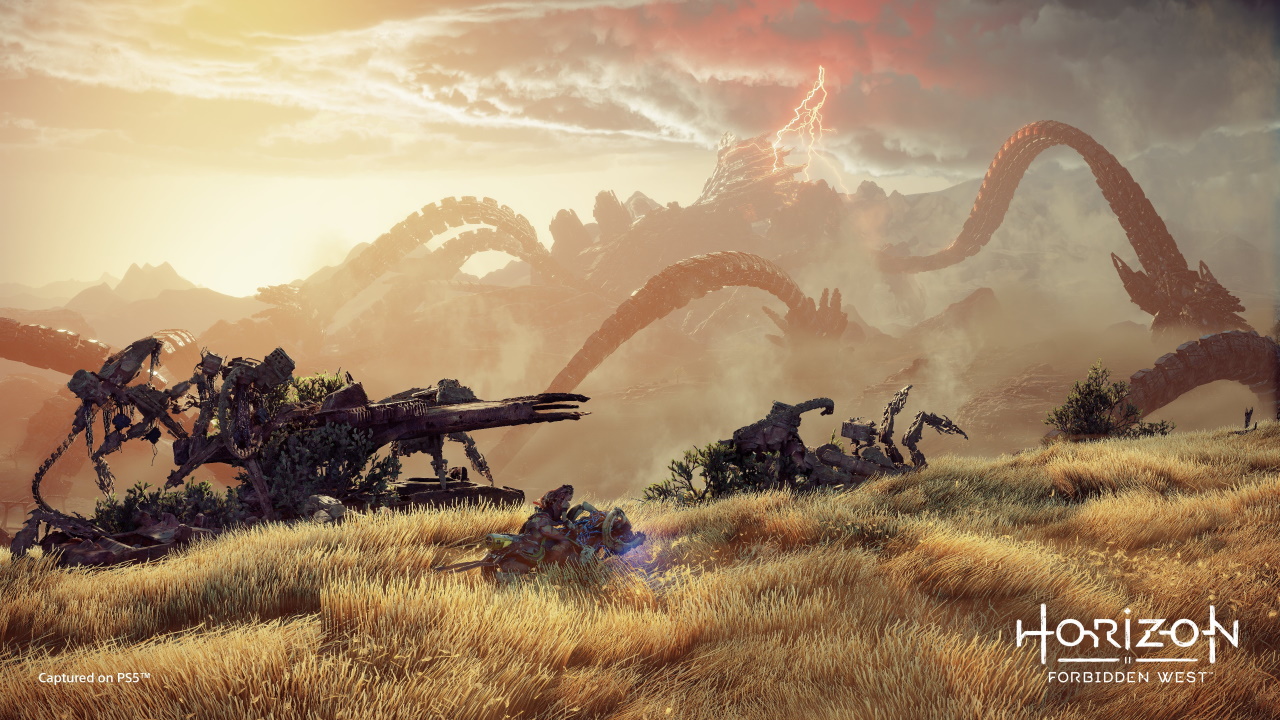
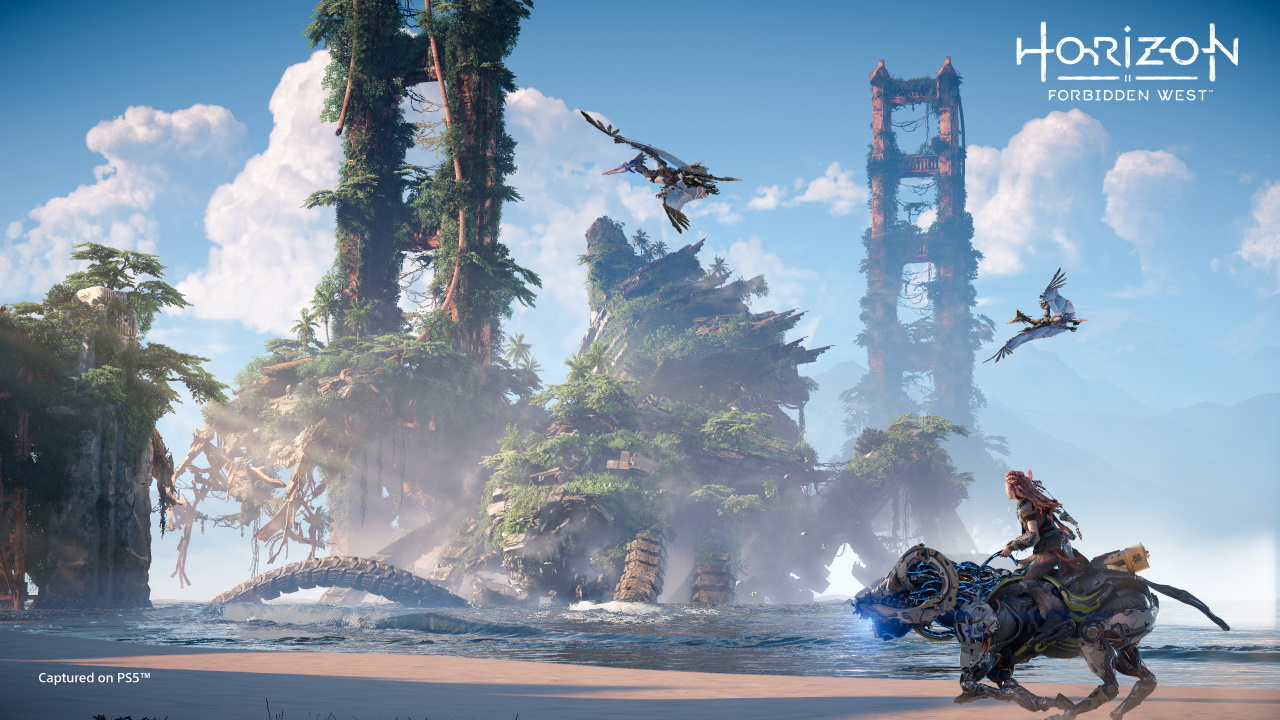








Published: Feb 28, 2022 04:05 pm